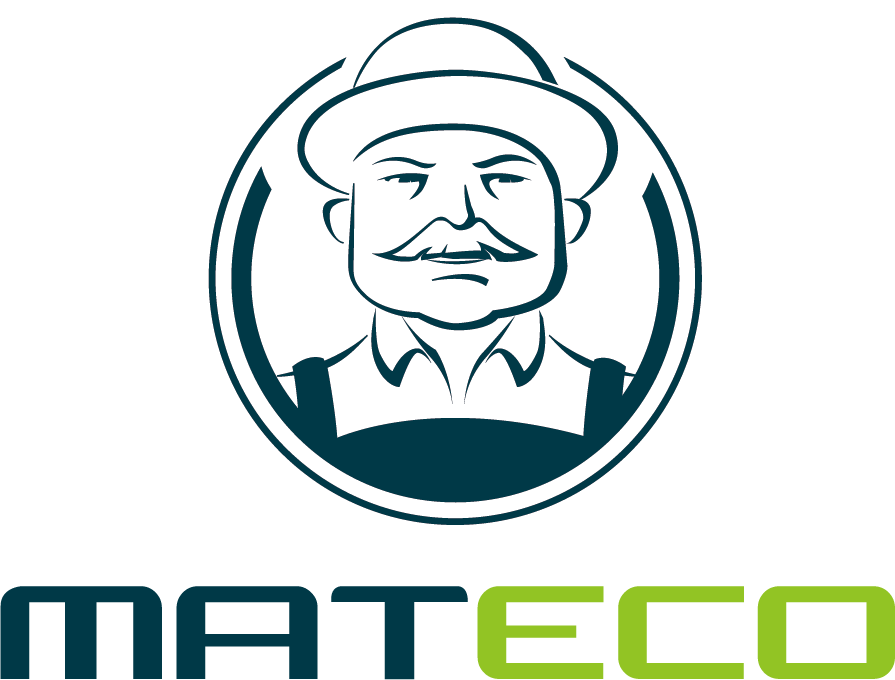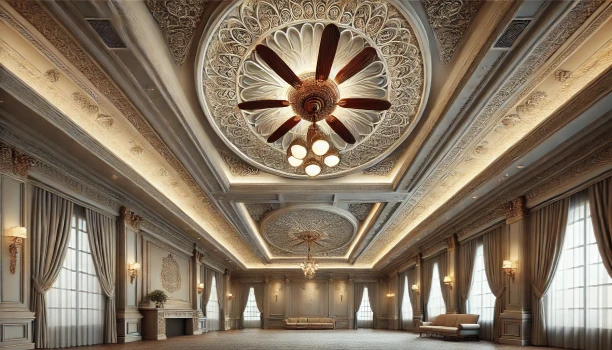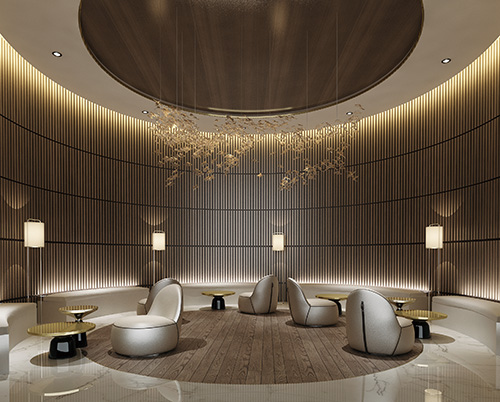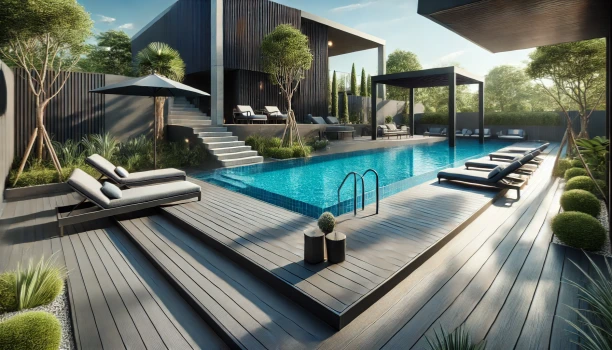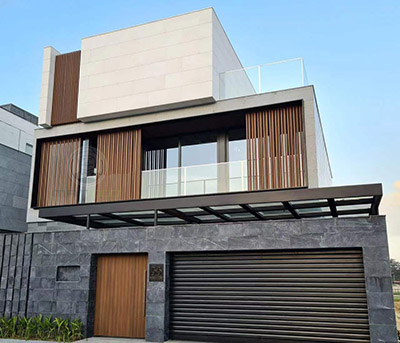Composite Cladding vs Timber Cladding
When you're specifying cladding materials, you're not just picking a surface finish. You're choosing a long-term performer that affects your build's maintenance schedule, appearance, and cost structure for years to come. Whether you're outfitting a high-rise development or updating a hospitality venue, your decision between timber and composite cladding will ripple through procurement, installation, and the building's entire lifecycle.
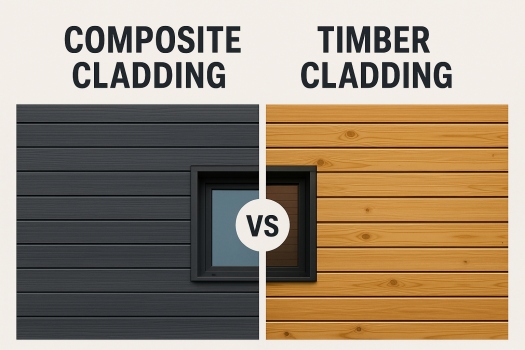
Table of Contents
Visual Appeal and Architectural Fit
If you're chasing a natural, rustic aesthetic, timber's hard to beat. Every wood board tells its own story, with grain patterns and tone variations that shift across a facade. That said, those same variations can be unpredictable, especially across large surfaces.
Composite cladding, on the other hand, delivers uniformity. You get clean lines, consistent tone, and no surprises after delivery. It's a match for contemporary builds and commercial settings that demand sleek, low-maintenance visuals.
Performance and Durability
Timber is naturally resilient but vulnerable to warping, expansion, fading, and even cracking without proper maintenance. Composite cladding, especially those like MATECO’s with a co-extruded UV Armor layer, resist sun damage, moisture infiltration, and color fading, making them ideal for harsh climates and high-humidity zones.
Maintenance and Life-Cycle
Timber needs regular sanding, oiling, or repainting to retain its original look. These requirements add up in time, labor, and cost. Composite cladding eliminates those headaches—no painting, no sealing, no cracking or peeling. That makes it ideal for multi-unit developments or commercial portfolios.
Cost and Installation Efficiency
Timber might be cheaper per square meter upfront but typically costs more when factoring in labor, treatment, and prep. Composite cladding installs faster and easier—many options come with pre-configured fixing systems that reduce time and errors on-site.
Environmental and Sustainability
Timber can be eco-friendly if responsibly sourced, but it involves forest management and higher carbon impacts. Composite cladding, especially PVC-based, uses recycled content and drastically cuts wood usage—ideal for green-certified projects.
Application Suitability
Timber works best in residential or boutique settings that emphasize warmth and design. Composite cladding thrives in high-traffic, low-maintenance environments like commercial buildings, airports, or urban developments. Some products even mimic timber aesthetics while outperforming them in function.
Decision-Making Guide
Ask yourself:
What's the local climate? High sun, salt air, freeze/thaw cycles?
Who's maintaining it? On-site teams or external contractors?
Is the project timeline compressed?
Does the client value sustainability, cost savings, or aesthetics most?
Are you building for 5 years, or 25?
Conclusion
There's no universal winner. You need to match your cladding material to the function, visual goals, and maintenance appetite of each project. Composite cladding offers a modern, engineered answer to the demands of today's builds, particularly in large-scale or weather-intensive environments. Timber holds its ground in design-led or biophilic installations where visual depth matters.
Choose deliberately. Your client—and their maintenance budget—will thank you later.
If you are looking for a WPC manufacturer, MATECO WPC will be your best choice.
WhatsApp: +86-13380085620
Email: info@matecowpc.com
